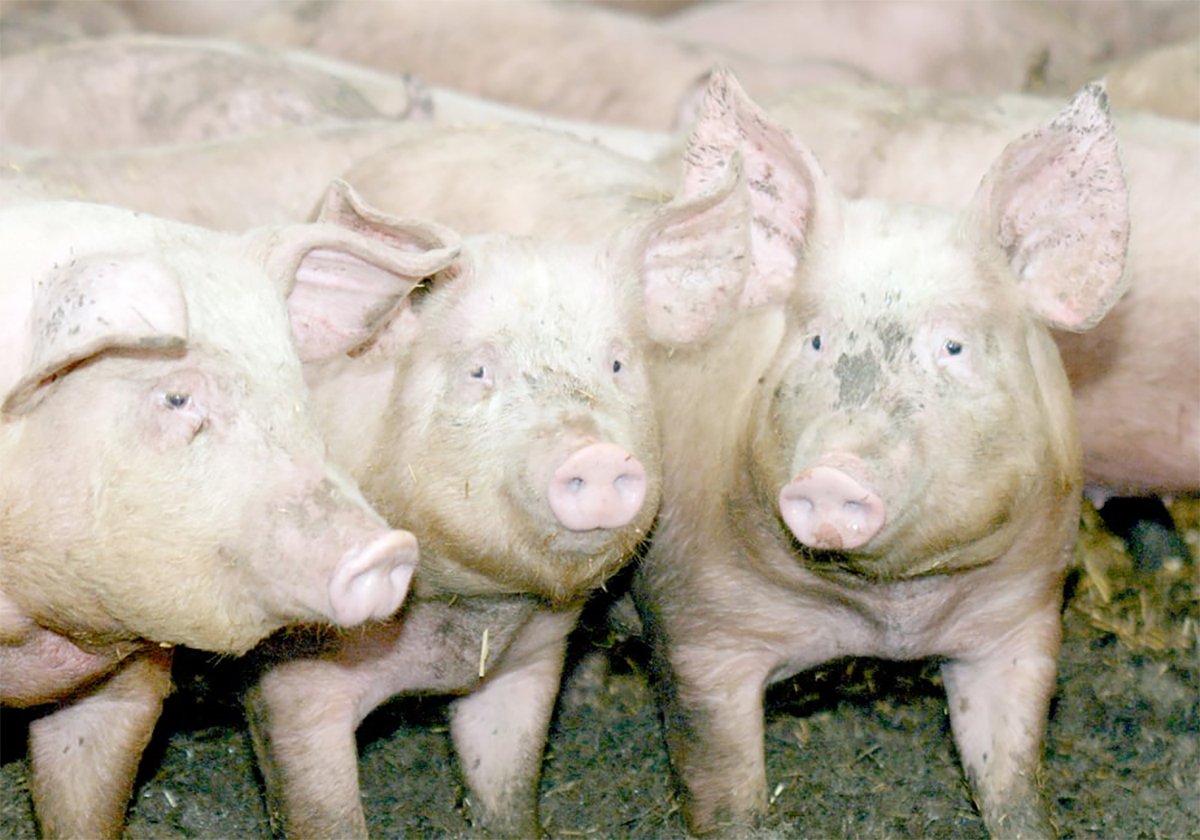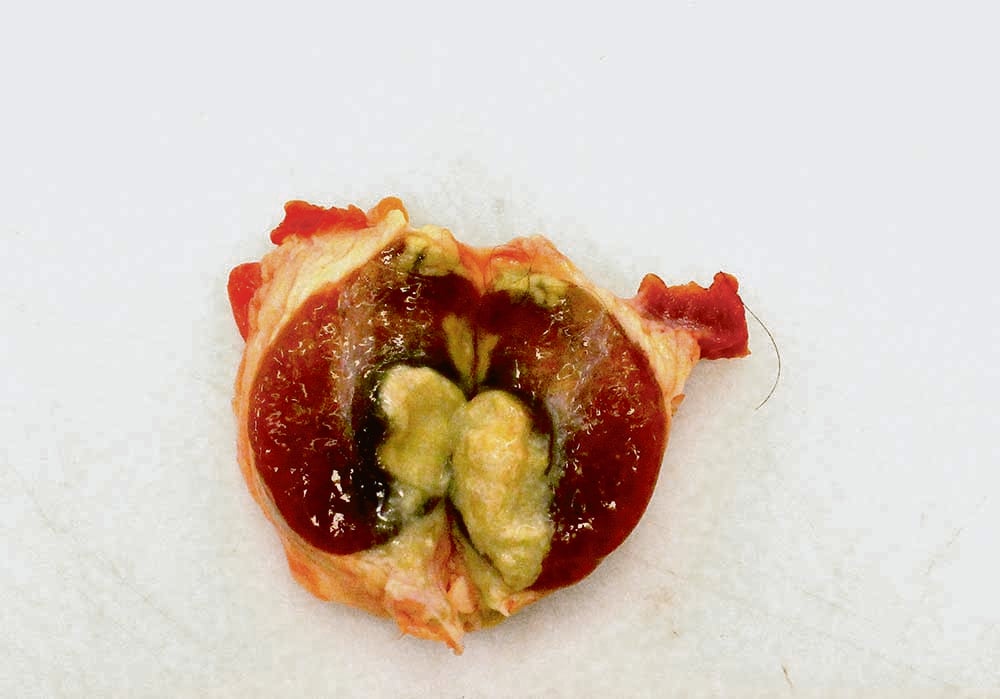Lymph nodes are present throughout the body and are an important part of the immune system in animals. Their main function is to drain and monitor lymph from specific locations in the body.
Lymph, also known as lymphatic fluid, is a liquid that forms from normal leakage of microscopic blood vessels in tissues. It is low in protein but contains many immune cells. Lymph enters the regional lymph nodes where it encounters nodular collections of other immune cells. These are where antibodies against pathogens can be formed.
Read Also

The Western Producer Livestock Report – October 2, 2025
Western Producer Livestock Report for October 2, 2025. See U.S. & Canadian hog prices, Canadian bison & lamb market data and sale insight.
In healthy animals, lymph nodes are small and often hard to find. But in states of disease, they increase in size and become more evident as the immune system fires up to respond. These important immune structures can become eye-poppingly enlarged in certain diseases.
Veterinarians assess lymph nodes during physical examinations on animals. We do this by feeling the size and texture of those lymph nodes that are located close to the skin surface.
Other lymph nodes located deep in the body, such as the mesenteric lymph nodes that drain the guts, can be assessed during surgical procedures.
Besides feeling them, vets can use a thin needle to poke them and collect a sample. These aspirated samples are useful for differentiating whether the lymph node is enlarged because of infection or cancer, for instance.
As a pathologist, I examine lymph nodes as part of my routine autopsy procedure. I note the size, examine the outer texture and slice into them to look at the tissues on the inside. I routinely collect lymph nodes and examine them under the microscope for subtle signs of disease.
When I was in vet school, there was a hospitalized dairy cow with lymphoma caused by bovine leukosis virus. Lymphoma is a type of white blood cell cancer that develops in rare cases of infection with this virus.
Typical of dairy cows, she was thinner than her beef breed counterparts. The thinness combined with a fine hair coat made the massively swollen lymph nodes easy to see and feel. I’ll never forget examining the tennis-ball-sized lymph nodes present just above the mammary glands and in front of her shoulders while she calmly chewed her cud.
Besides cancer, another common reason for lymph nodes to be enlarged is with infections. Untreated bacterial infections spread through soft tissues. The pathogens can directly spread to nearby lymph nodes and the immune cells responding to the infection can travel into them. The immune response to infection causes the lymph node to swell but they can also become a secondary site of infection and even develop abscesses.
There are specific examples of infectious agents that target lymph nodes.
In horses, strangles is a disease characterized by infection and enlargement of the lymph nodes under the jaw and throatlatch (submandibular and retropharyngeal lymph nodes). Affected lymph nodes can get so large and swollen that they make it hard for horses to breathe and can burst through the skin to drain. Occasionally, the bacteria spreads throughout the body to other internal lymph nodes. This is sometimes referred to as bastard strangles and can have poor outcomes.
The sheep disease caseous lymphadenitis is caused by bacteria that infects the superficial lymph nodes. When these are dissected, they take on a characteristic onion-like appearance. The body tries to isolate the infection, but it breaks through, giving the lymph node a layered appearance like rings on a tree.
Tuberculosis is a disease we hope to never see in our domestic cattle herd. Surveillance to ensure that we don’t have tuberculosis in our herds includes the inspection of lymph nodes at slaughter.
In early infections, areas of pus and otherwise diseased tissue in the lymph nodes may be the only sign of infection. Of course, the infection can spread and become more serious and thus easier to detect.
Lymph nodes are important for a healthy immune system and in certain diseases of animals, these can be the first site of infection.

















